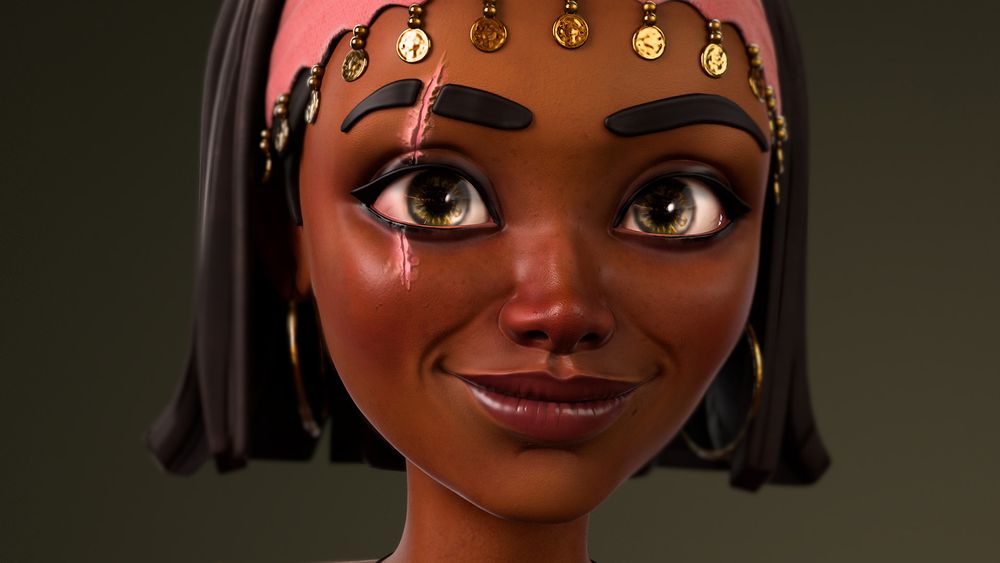
Dive into the intricate world of 3D character creation, a journey from initial concept to final presentation.
This article elucidates the 12 essential steps, ranging from foundational knowledge, concept development, sketching, 3D modeling, sculpting, lighting, rendering, post-processing to presentation.
Empowering artists with technical expertise and creative storytelling, it's an indispensable guide for those seeking to innovate and excel in this dynamic field.
Unleash your creativity and bring your characters to life.
Understanding the Basics of 3D Character Creation
A comprehensive understanding of the basic principles of 3D character creation is an integral part of the character development process, spanning from initial concept to final presentation.
A meticulous understanding of Character Psychology and Game Integration is paramount. It involves the intricate task of infusing life into a character through innovative design techniques.
Character Psychology helps steer the design process, dictating the character's visual attributes based on their underlying personality traits, backstory, and role within the game.
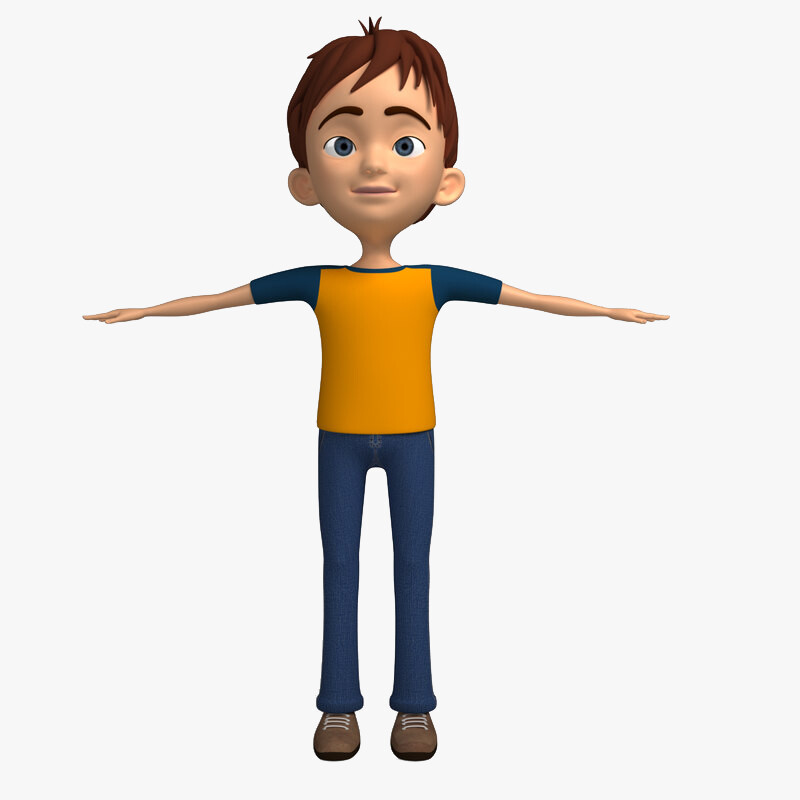
Simultaneously, Game Integration ensures the character's seamless interaction with the game environment, enhancing the player's immersive experience.
This fusion of technical expertise and creative storytelling brings a 3D character to life, fostering a more engaging and interactive gaming experience.
The Importance of Concept Development in 3D Character Creation
Concept development serves as the bedrock in the 3D character creation process, providing myriad benefits that are instrumental in shaping a compelling character. It is during this phase that critical decisions about the character's physical attributes, personality, and backstory are made, thus serving as a roadmap for the subsequent design planning.
The thoughtful orchestration of these elements at the concept development stage not only fortifies the character's authenticity but also streamlines the entire creative process, ensuring an engaging and seamless presentation.
Concept Development Benefits
Understanding the significance of concept development in 3D character creation reveals myriad benefits. Improved design efficiency, enhanced creative control, and an overall superior end result are just a few of these advantages. Conceptual exploration is the pillar for these benefits, enabling designers to refine their ideas and experiment with different aesthetics. This process allows them to mold a unique and compelling character. Additionally, this exploration fosters visual storytelling by translating abstract concepts into tangible, dimensional forms. The character's appearance, behavior, and environment are all shaped, supporting a coherent narrative and strengthening audience engagement. By investing in this creative groundwork, artists can streamline their workflow, mitigate potential design issues, and ensure their character resonates authentically with the intended message. Therefore, concept development proves indispensable for innovative and high-quality 3D character creation.
Character Design Planning
In the realm of 3D character creation, meticulous planning and strategic concept development serve as the foundation for successful and impactful character design. This process is pivotal in establishing character personality and extracting design inspiration.
Initial planning stages involve brainstorming, sketching, and exploring various design possibilities. This allows for a deep dive into the character's backstory, personality traits, and physical attributes. These elements combined aid in developing a unique and compelling 3D character.
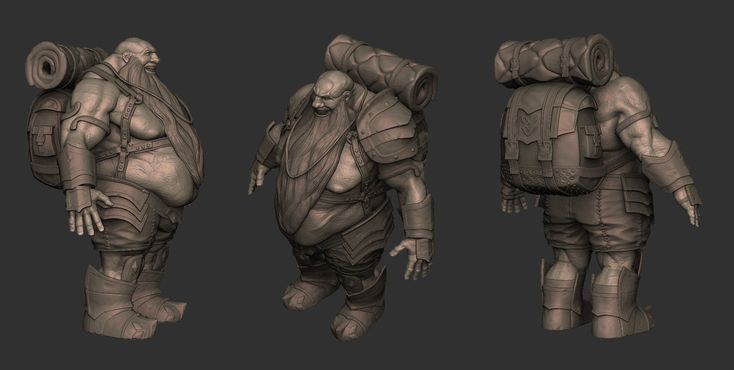
The design inspiration can stem from various sources such as real-life observations, other art forms, or even abstract concepts. The goal is to create a character that not only visually appeals but also resonates with the audience, making concept development an indispensable part of the 3D character creation journey.
The Art of Sketching Your Character
Initiating the translation of your character from idea to visual representation, the art of sketching serves as a fundamental step in the 3D character creation process.
This phase involves sketching tools exploration, where creatives experiment with different mediums, such as pencils, digital tablets, or charcoal to capture the essence of their envisioned character. This exploration is vital in finding the tool that best compliments your unique style and character's requirements.
Additionally, understanding historical sketching techniques can offer valuable insights. These time-tested methods provide a solid foundation for translating abstract concepts into tangible forms.
The blend of traditional wisdom and innovative practices creates a well-rounded approach to sketching, enabling artists to effectively bring their 3D characters to life.
The Role of 3D Modeling in Character Creation
3D modeling serves as a crucial step in the process of character creation, providing a tangible foundation on which to build and refine a character's design. This stage involves a comprehensive understanding of 3D modeling basics, nuanced applications specific to character creation, and effectively navigating the challenges that may arise.
Through a detailed exploration of these aspects, we can appreciate the importance of 3D modeling in bringing characters to life with depth, dimension, and a compelling sense of realism.
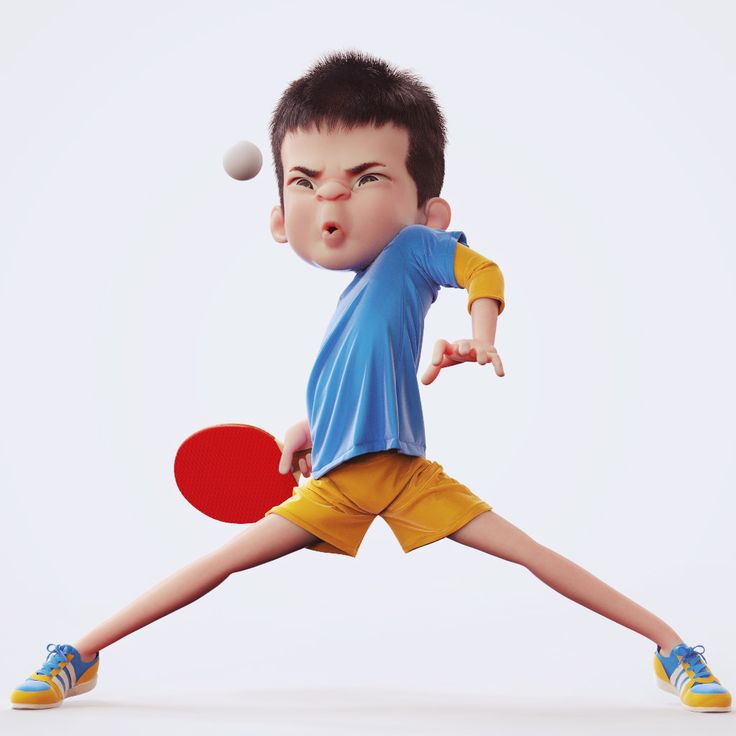
3D Modeling Basics
Delving into the heart of the character creation process, the role of 3D modeling emerges as a fundamental step that transforms conceptual ideas into tangible, digital beings. The selection of appropriate modeling software is crucial and will greatly influence the production workflow and final result.
This process involves creating a digital skeleton, structuring the character's shape, and adding fine details to make it lifelike. Topology optimization techniques are applied to ensure efficient use of polygons, maintaining a balance between high-resolution detail and manageable file sizes.
It is here, in the 3D modeling phase, that the character starts to come alive, evolving from abstract concepts into a vivid and interactive entity, ready for animation and storytelling.
Modeling for Character Creation
In the artist's toolkit, 3D modeling serves a pivotal role in character creation, providing the means to transform initial sketches into fully realized digital characters. This process involves intricate digital sculpting, enabling artists to personalize each character, thereby enhancing the narrative impact.
Digital Sculpting:
This technique involves manipulating a digital object as if it were made of a real-life substance such as clay. It gives artists the ability to sculpt intricate details, vital for character personalization.
Character Personalization:
This crucial step in 3D modeling allows artists to construct unique features, behaviors, and traits, contributing to a character's identity and story.
The innovative use of 3D modeling in character creation not only brings sketches to life but also enriches the overall storytelling experience.
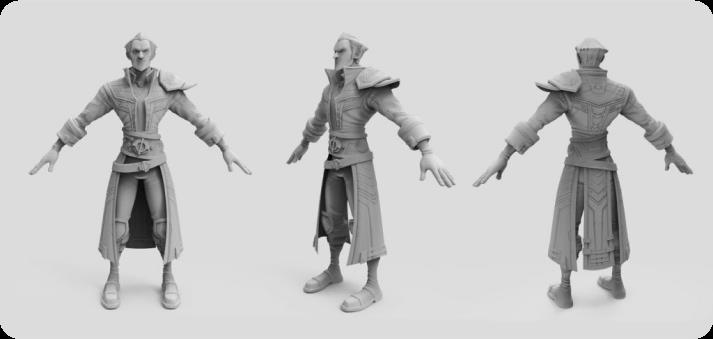
Challenges in 3D Modeling
While we appreciate the role of 3D modeling in character creation, we must also acknowledge and address the challenges that come with it.
Selecting the right modeling software can be a daunting task, as it forms the backbone of the 3D modeling process. The choice heavily influences the design versatility and the overall quality of the character model.
Avoiding common mistakes, such as poor topology and incorrect scale, is crucial to ensure the model's functionality and compatibility with other processes like rigging and animation.
Navigating these complexities requires a blend of technical expertise and creative storytelling.
The Use of Sculpting in Defining Your Character
Sculpting serves as a fundamental tool in the 3D character creation process, enabling artists to define and refine the physical attributes of their character with precision and creativity. The diligent selection of sculpting tools plays a pivotal role in the shaping process, influencing not only the visual aesthetics, but also the character's persona and identity.
- Sculpting tools selection
- High-quality sculpting tools allow for intricate detailing, enhancing the character's depth and realism.
- The choice of tools can significantly influence the character's final appearance and behavior.
Sculpting versus painting
- While painting adds color and texture, sculpting shapes the form and structure, hence is the initial, crucial step.
- Sculpting requires a higher level of technical expertise but provides the foundational base upon which painting can embellish.
Through creative storytelling, sculpting breathes life into a 3D character, shaping their unique narrative.
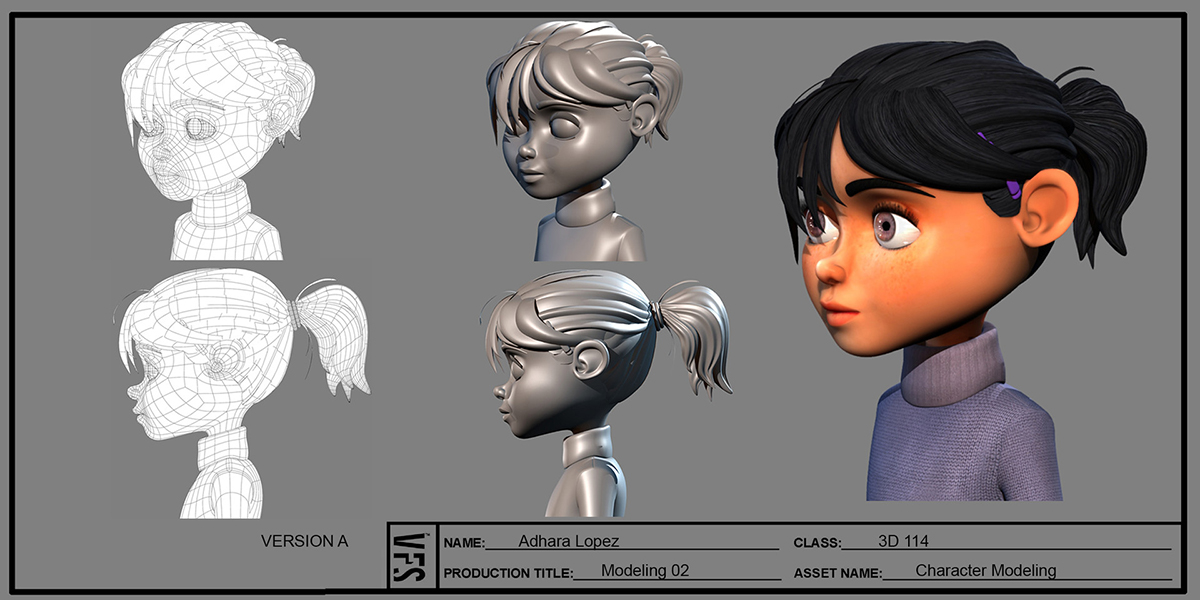
Texturing: Bringing Colors and Patterns to Your Character
After we have shaped our character through sculpting, we turn to texturing, thereby infusing our creation with colors and patterns that further enhance its depth and realism.
This integral step employs texture mapping techniques to apply intricate details, like skin pores or fabric weave, on the 3D model's surface.
The choice between realism and stylization in texturing depends on the project's demands. While realism aims for lifelike accuracy, stylization leans towards artistic interpretation, creating a unique visual language. Innovatively merging these two can result in compelling 3D characters that resonate with audiences.
Ultimately, texturing transforms your sculpted 3D model from a monochromatic figure into a vibrant character, bursting with life and personality.
Rigging: Making Your Character Move
The process of rigging is a critical phase in 3D character creation, transforming static models into dynamic entities capable of motion.
A firm grasp of rigging basics sets the stage for complex, realistic movements, breathing life into the character.
Advanced techniques further enhance this animation, paving the way for more nuanced and expressive character performances.
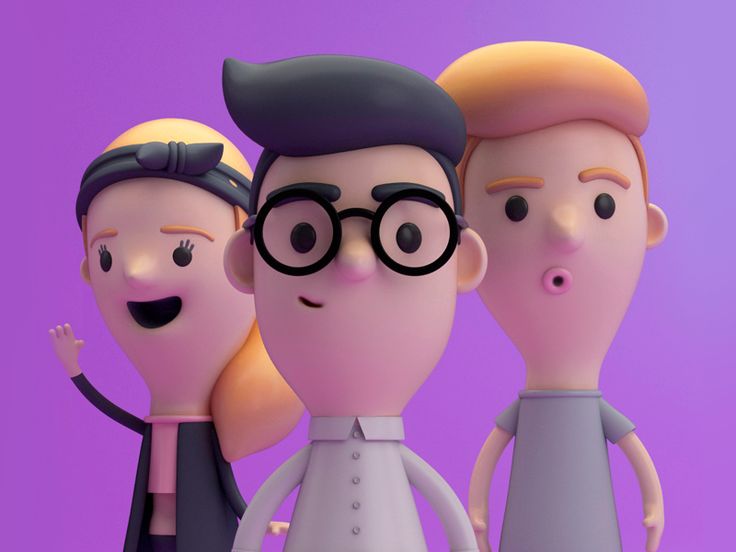
Rigging Basics
In the realm of 3D character creation, understanding the basics of rigging is fundamental to bringing your character to life through movement. Rigging involves creating a skeleton and skinning your model to it, allowing for realistic motions.
Rigging Software Options:
- Maya: Known for its robust rigging tools, it's widely used in the industry.
- Blender: An open-source option with powerful rigging capabilities.
Rigging Challenges and Solutions:
- Inverse Kinematics: A complex process which can lead to unnatural movements. Solution: Use constraints to limit joint rotations.
- Weight Painting: Can be time-consuming and difficult. Solution: Use automatic weight painting tools and fine-tune manually.
Mastering rigging basics opens up new possibilities, allowing you to breathe life into your 3D characters with innovative animations.
Advanced Movement Techniques
Delving deeper into the intricacies of rigging, advanced movement techniques will further enhance the realism and fluidity of your 3D character's movements. By applying kinematic constraints, you can limit joints and bones to specific axes and degrees of freedom, thus ensuring more natural poses and motions. Coupled with dynamic simulations, which apply real-world physics to your character, these techniques breathe life into your creations, bridging the gap between the digital and physical worlds.
In this innovative landscape, your character no longer moves—they dance, they struggle, they express. Every gesture becomes a testament to your technical expertise and creative storytelling, adding layers of depth to your character's narrative. The possibilities are vast and exciting, limited only by your imagination.
The Necessity of Animation in Character Development
Understanding the intricate role of animation in character development becomes crucial when striving for a believable and engaging end-product. Innovating animation utilizes the right blend of animation software choices and motion capture integration.
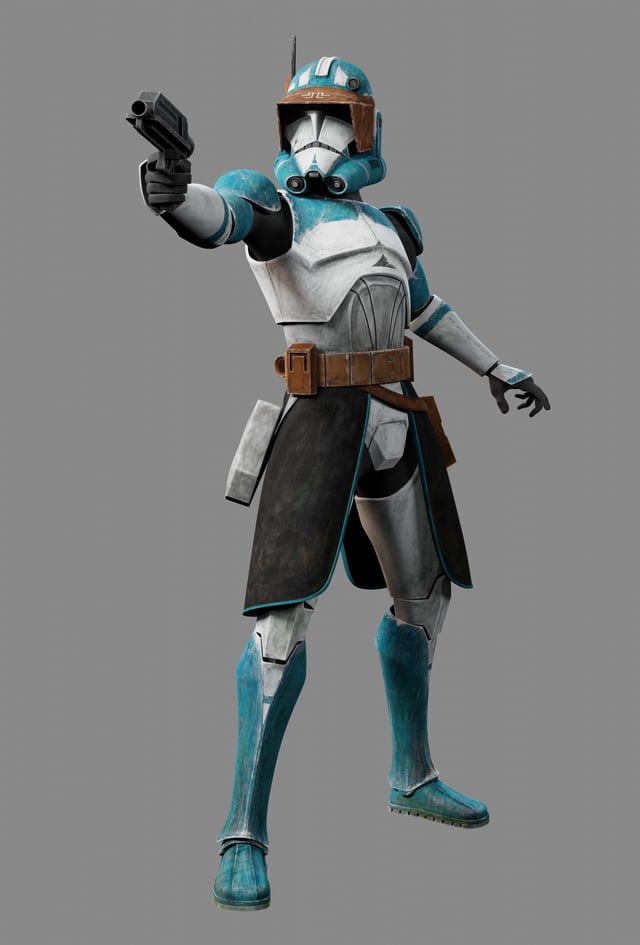
Animation software choices:
Open-source platforms can offer flexibility and adaptability, essential for innovative character development.
Proprietary software often comes with a support system, useful when encountering technical hurdles.
Motion capture integration:
It imparts lifelike movements to characters, enhancing their believability.
The technique offers a depth of detail that is challenging to achieve manually.
These choices are not just technical decisions but creative ones too. They shape character behavior, ultimately influencing the audience's emotional connection to the character, confirming the necessity of animation in character development.
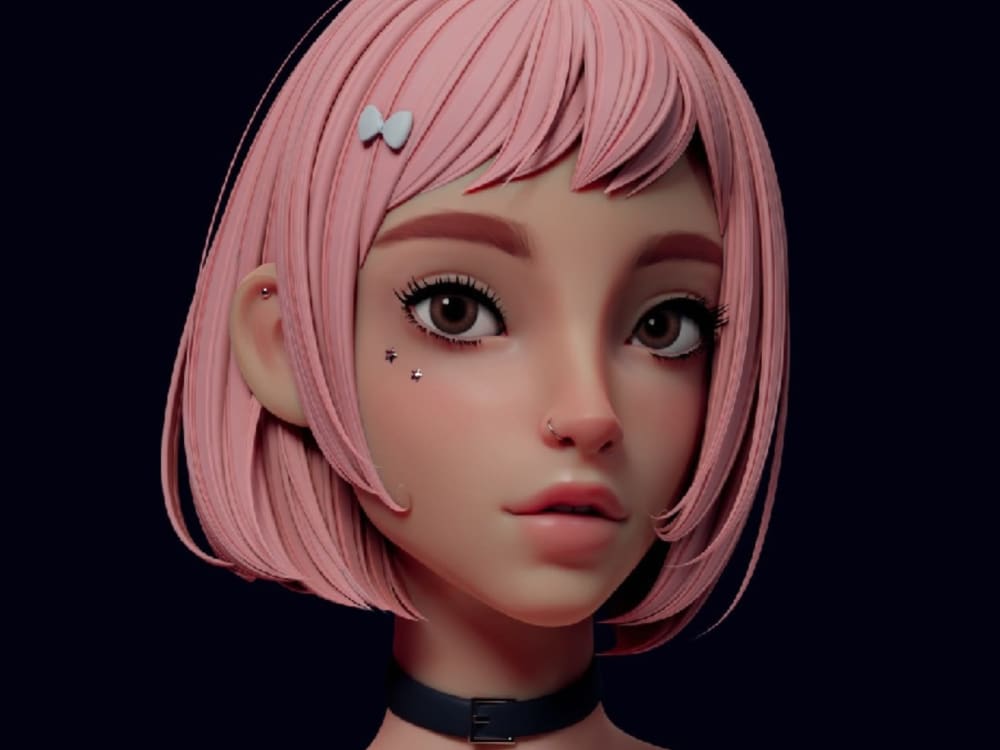
Lighting: Enhancing Your Character's Appearance
Mastering the use of lighting techniques, both natural and artificial, is paramount to enhancing your character's appearance and bringing out the depth of their features. The creative application of these techniques, combined with shadow utilization, adds depth, mood, and visual intrigue. Strategic lighting can highlight specific aspects of the character, drawing attention to unique attributes or emotions.
Conversely, shadows can conceal or subtly suggest elements, adding mystery or tension. Light and shadow together can significantly alter a character's perception, either magnifying or diminishing their presence within the scene. They can also influence the overall narrative, acting as silent storytellers.
Therefore, innovative use of lighting techniques and shadow utilization are key components in creating a compelling 3D character.
The Crucial Stage of Rendering in 3D Character Creation
While lighting and shadowing techniques play a pivotal role in enhancing a character's appearance, it is the crucial stage of rendering that solidifies the overall visual quality and realism in 3D character creation.
- Rendering software options:
- High-End Options: Software like Arnold, V-Ray, and Renderman, famed for their precision and detail.
- Budget-Friendly Options: Blender's Cycles, offering affordability without compromising quality.
Impact of rendering on gaming:
- Visual Realism: Enhanced rendering boosts the immersive experience, bridging the gap between virtual and reality.
- Performance: Efficient rendering optimizes game speed and responsiveness.
Rendering is more than just a technical process; it is the final brushstroke in the artistry of 3D character creation. It harmonizes the intricate details into a visually stunning, performant, and immersive gaming experience.
Post-Processing: Final Touches to Your Character
After the rendering phase, yet before presentation, post-processing in 3D character creation becomes an indispensable step, adding depth, warmth, and the final touches to your character.
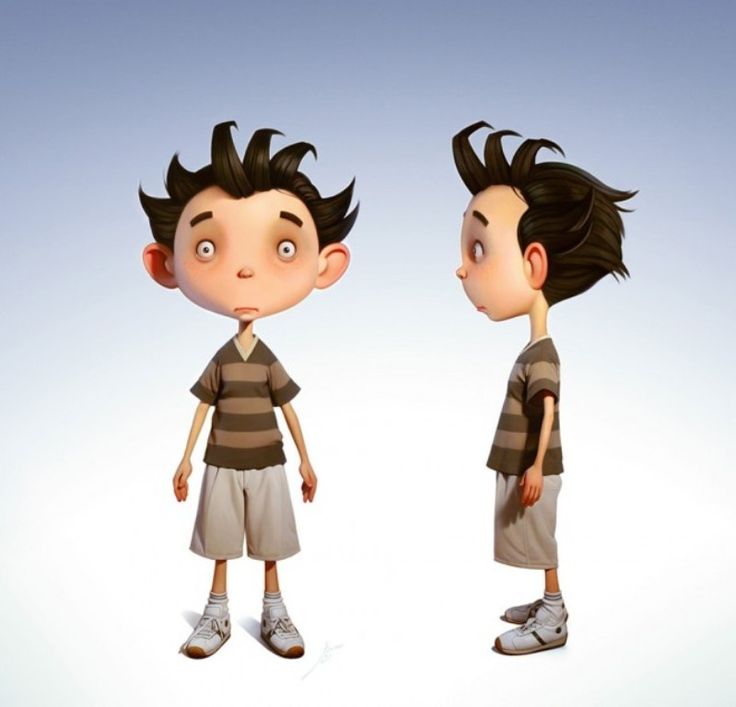
This stage is where post-production software comes into play, offering a platform to refine and perfect your animation. During post-processing, one can adjust lighting, color balance and add effects to enhance the overall visual aesthetics of the character.
Animation refinement is a meticulous process, involving polishing movement details for a seamless and natural motion. The final result is a character that not only captures the initial concept but also enthralls the viewer with its visual richness and smooth animation.
Innovation and creativity are key here, transforming your character from a mere 3D model to a compelling digital persona.
Presenting Your Final 3D Character: Best Practices
Before the curtain rises on your final 3D character, and during the crucial stage of presentation, it is paramount to adhere to best practices that ensure your creation is portrayed in the most effective and engaging manner.
The following best practices should be considered to ensure an innovative Portfolio Presentation:
Character's Backstory:
Engage your audience by crafting a compelling backstory that drives the character's design and behavior.
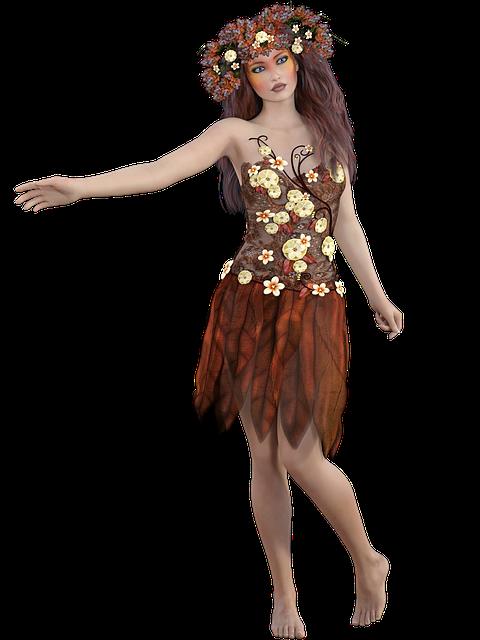
Use visual cues and subtle design elements to hint at the character's past and motivations.
Visual Presentation:
Showcase the technical mastery behind your character with high-quality renderings and animations.
Offer multiple views and interactive options to allow your audience to fully appreciate your character from every angle.
Frequently Asked Questions
What Are Some Common Mistakes Beginners Make in the 3D Character Creation Process and How Can They Be Avoided?
Common mistakes in 3D character creation include inadequate concept development and poor presentation skills. Overcoming obstacles in 3D character creation requires honing essential skills for 3D character design, such as rigorous planning and practice.
For beginners seeking software affordability and user-friendly features in 3D character creation, Autodesk's Maya and Blender are highly recommended. Both offer robust toolsets, comprehensive tutorials, and community support, fostering innovation for novice digital artists.
How Much Time Does It Typically Take to Create a 3D Character From Concept Development to Presentation?
The time to create a 3D character varies based on complexity and expertise. Leveraging conceptual inspiration sources and effective time management techniques, a professional can complete this process in approximately two weeks to several months.
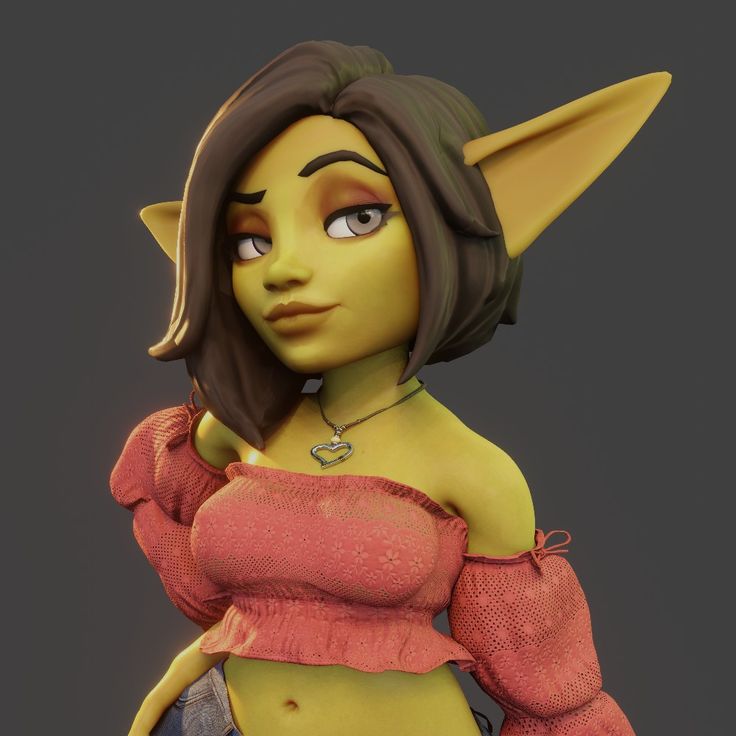
How Can I Keep My 3D Character Design Consistent Throughout the Creation Process, Especially When Transitioning Between Stages Like Sketching, Modeling, and Sculpting?
To ensure consistency in 3D character design, understanding proportions is crucial. Detailed style guides maintain character personality during transitions between stages. Regular review and adjustment ensure faithful representation from sketching, through modeling, to final sculpting.
What Factors Should Be Considered When Choosing a Style or Aesthetic for Your 3D Character?
When selecting a style for your 3D character, consider the character's personality and the impact of color theory. The aesthetic should align with their traits, and color choices must evoke appropriate emotions and responses.
 Digital Art InstructionDIY Infographics DesignMobile Game ArtworkPersonalized Logo Design3D AnimationeBook Covers DesignPrivacy PolicyTerms And Conditions
Digital Art InstructionDIY Infographics DesignMobile Game ArtworkPersonalized Logo Design3D AnimationeBook Covers DesignPrivacy PolicyTerms And Conditions
